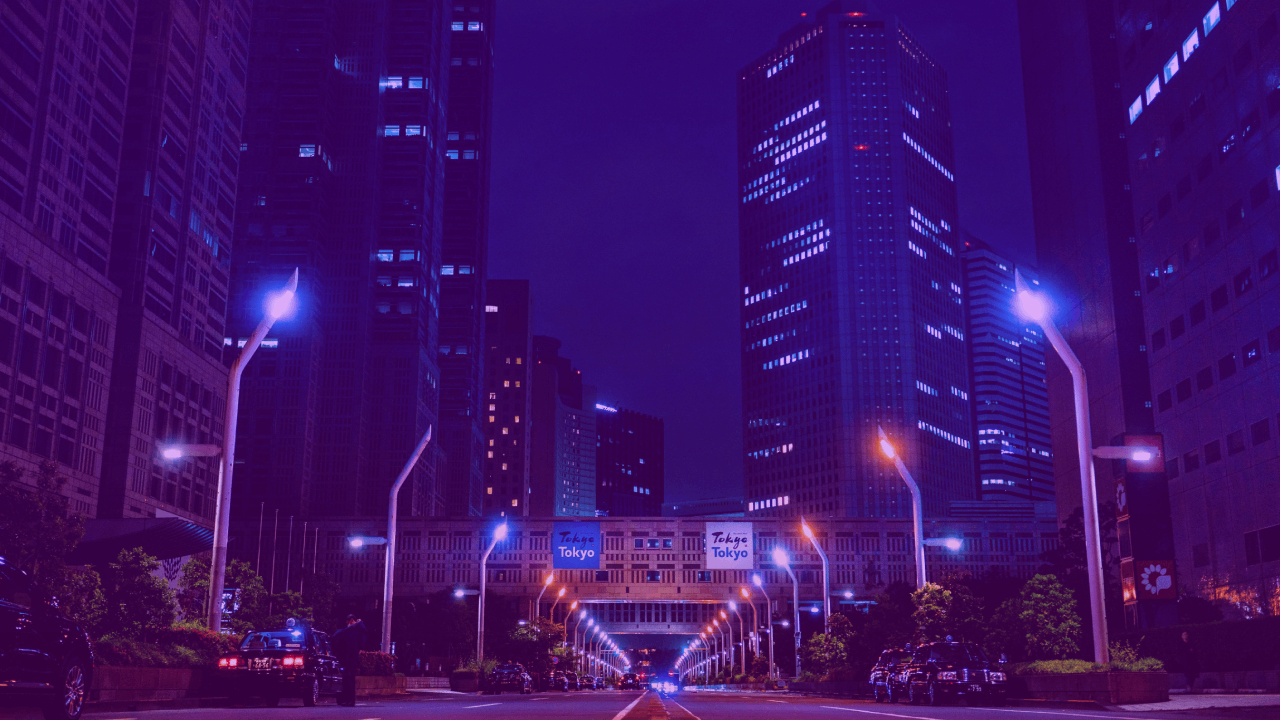When you think of “smart city,” a complex, networked metropolis of the future may come to mind. Every garbage can talks to every streetlight and every traffic light. All data converge in the cloud and artificial intelligence optimizes the entire process in the city every second.
But it doesn’t have to be that complex. It is often the simple use cases that create the real added value. For example, automating street lighting to save energy while ensuring a sense of safety for all road users.
Frequently addressed are especially smaller application sites such as company premises or urban lighting within business parks or residential areas, which one would like to automate intelligently without huge costs and administration effort.
But everything that still requires cost-intensive structures today – from central gateways and servers to cloud solutions and the training required for them – can already be realized more easily than ever before with Bluetooth Mesh and any smartphone.
With Bluetooth Mesh, a streetlight can be equipped with a Bluetooth module for less than €100. All streetlights are also equipped with useful sensors that detect presence, twilight, brightness, or rain. All streetlights are then networked together in a mesh network and intelligently automated thanks to a swarm function. A municipal technical employee can configure all of this at any time using his smartphone, or make subsequent adjustments without having to commission and call a company.
Why Bluetooth Mesh?
There are indeed other wireless technologies that are optimized for a significantly longer range. But with the optimized range come some disadvantages, which make the networking of street lighting so expensive. A central hub or gateway is always required, and this must be installed and set up at great expense. This may be managed by an external company, or the city may receive paid access to a cloud, for which training is often required.
All this complexity is not necessary for the simple use cases envisaged. With Bluetooth 5, the range of over 200 to 300 meters in the open field is now also sufficient to connect entire residential areas or business parks in a mesh network. This eliminates the need for gateways and central servers. With Bluetooth Mesh, the data remains locally on site in the mesh network, only if desired, it is routed to a cloud via an inexpensive gateway.
Street lighting with Bluetooth mesh
The following are some examples of use cases that can easily be implemented with Bluetooth Mesh today.
- Switching on and off at sunset and sunrise Thanks to the location, the Bluetooth Mesh modules can independently calculate the sunrise and sunset without the need for a sensor. This can be configured within one minute via the MESHLE app.
- Swarm networking: Dynamic lighting in the presence of people or vehicles If all luminaires in a Bluetooth mesh network are networked, swarm logic can be programmed and a swarm network created without much effort. An example: the entire lighting system is dimmed to 30% of maximum brightness when vehicles and people are absent. If one of the luminaires now detects the presence of a vehicle or a person, the brightness of this luminaire increases to 100%, all other luminaires in the immediate vicinity receive a signal and simultaneously dim up to 80%, and all luminaires even further away dim down to 50%. If this person approaches the next luminaire, this luminaire dims up to 100%, the last luminaire dims down again to 80%, and so on.
- Integrating sensors into the network Not only the presence of people, but also real-time data from sensors within the luminaire, can invoke changes in a mesh and swarm network. For example: If a brightness sensor detects darkness during the day or a rain sensor detects heavy rain, the lighting can be ramped up to 100% completely automatically to increase safety during a severe storm.
- Human Centric Lighting for the city By using Bluetooth modules, the lighting of streetlights can also be adaptively adjusted to the lighting situation. For example, in the evening, streetlights could shine with low blue light or no blue light at all, so as not to disturb people’s cicada rhythm. Early in the morning, on the other hand, when people are on their way to work, some of them still tired, particularly bright and bluish light can be used to promote concentration. All this can be implemented completely automatically based on the time of day or thanks to sensors with Bluetooth Mesh.
- Patching a defective luminaire If a luminaire is defective, the two closest luminaires can try to compensate for this failure in the best possible way by automatically shining at 100% brightness instead of the usual 70% brightness.
- Reading out error messages If, for example, 300 streetlights are connected in a Bluetooth mesh network, a technician near one of these 300 lights can read out the error messages of all lights from the car. In this way, the defect can be localized and remedied within a very short time.
These are just a few possibilities and ideas that can already be implemented cost-effectively and easily today. With an additional connection to a cloud, the same lanterns networked via Bluetooth mesh can also be used to localize parking spaces, provide dashboards and much more.
At MESHLE, our Bluetooth mesh know-how, technology, and software help companies as well as municipalities to realize really simple smart city solutions. If you find our idea exciting or recognize it in you, we look forward to hearing from you!


